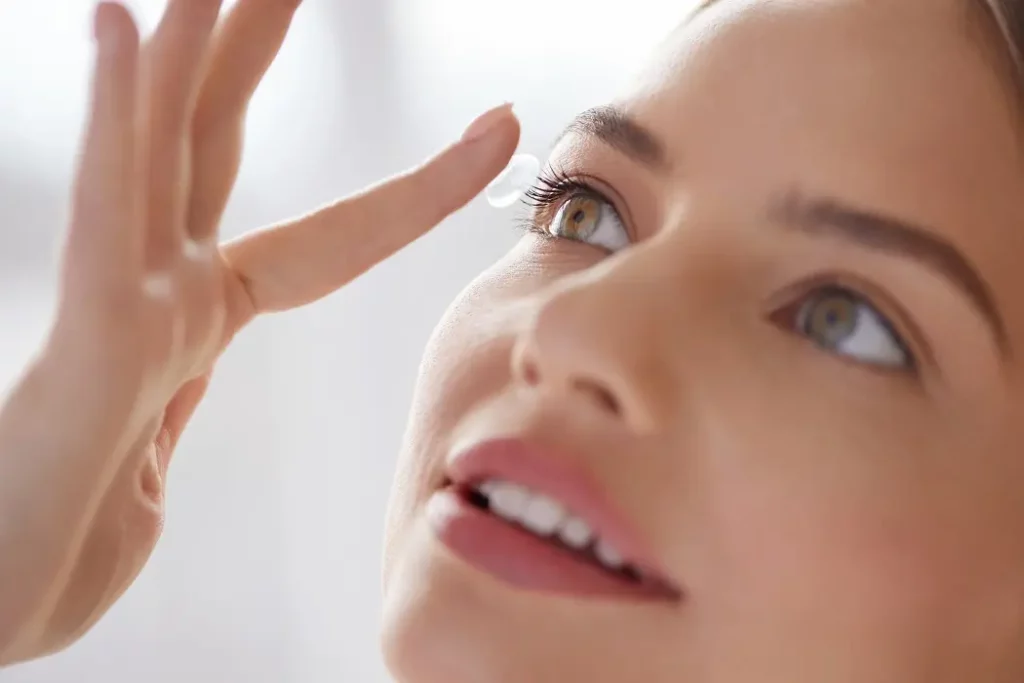All Categories
Featured
Table of Contents

Regular eye examinations are necessary for keeping excellent vision and identifying possible eye health and wellness concerns early. The frequency of these exams can vary significantly based on a person's age, way of life, and general wellness. Understanding the suggested routine for eye tests can help make sure that individuals of every ages obtain appropriate care and monitoring for their eye health and wellness.
Infants and Toddlers (0-2 Years)
For infants and toddlers, eye tests are vital for detecting any possible vision problems early. The American Academy of Ophthalmology recommends that a child's initial eye examination ought to occur at around 6 months old. During this initial check out, the eye treatment professional will assess the child's visual advancement and look for any type of obvious eye concerns.Following this initial exam, it is advised that kids have another eye exam at age three. This see will focus on assessing the child's overall aesthetic feature, including eye placement and the capability to track things. If no problems are detected, the next exam must be set up prior to the youngster starts school, commonly around age five or six.
School-Aged Youngsters (6-18 Years)
When youngsters reach school-age child, normal eye examinations need to be set up every one to 2 years. Vision is critical for finding out and development, and numerous institutions perform vision screenings. These screenings do not change a thorough eye examination by an eye care specialist.For kids associated with sporting activities or activities calling for significant visual focus, annual eye examinations may be suggested. In addition, if a youngster exhibits indications of vision troubles-- such as problem checking out, squinting, or constant headaches-- a check out to the eye physician should be arranged immediately.
Young Grownups (19-39 Years)
Young grownups commonly have less vision adjustments than older age teams, but normal eye tests remain crucial. The general referral is to schedule an eye exam every two years throughout this period. Individuals with certain threat variables-- such as a family members history of eye illness, diabetes mellitus, or those that put on call lenses-- ought to take into consideration annual eye examinations.In addition, those who spend considerable time on electronic devices might experience digital eye stress. If symptoms such as dry skin, fatigue, or blurred vision take place, it may be sensible to see an eye care specialist earlier.
Grownups (40-64 Years)
Grownups aged 40 to 64 must set up eye tests every one to two years. Eye examinations can additionally help spot various other typical age-related problems such as glaucoma, cataracts, and macular degeneration.If people in this age group have risk factors such as hypertension or diabetic issues, they may require more frequent assessments to check their eye wellness closely.
Elders (65 Years and Older)
For senior citizens, normal eye tests become even more important. The American Optometric Organization recommends that people aged 65 and older have an eye examination at the very least once a year.Verdict.
Understanding the ideal timetable for eye tests based on age is crucial for maintaining optimal eye health and wellness throughout life. From babies to elders, normal eye exams play a critical function in finding issues early and ensuring that vision stays sharp. By sticking to these guidelines and seeking advice from an eye treatment expert, individuals can take positive steps towards protecting their vision and general health. Whether it's a kid's initial browse through or a senior's yearly exam, prioritizing eye treatment is a financial investment in lifelong wellness.Table of Contents
Latest Posts
What Elements Influence the Price of Significant Vehicle Repair Services
Published en
0 min read
Discover Quality Wooden Fences from Your Local Fence Experts
Published en
1 min read
How to Find a Dependable Auto Service Center: A Guide for each Driver
Published en
0 min read
More
Latest Posts
What Elements Influence the Price of Significant Vehicle Repair Services
Published Jan 07, 25
0 min read
Discover Quality Wooden Fences from Your Local Fence Experts
Published Nov 26, 24
1 min read
How to Find a Dependable Auto Service Center: A Guide for each Driver
Published Nov 26, 24
0 min read